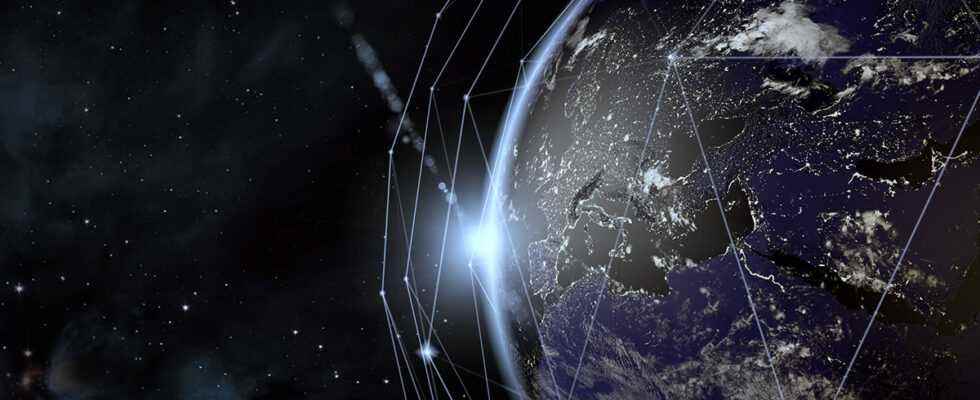With help from the private company Rocket Lab, NASA this week sent a small, cubic satellite to explore an uncharted orbit around the Moon, laying the groundwork for future lunar operations.
The Capstone mission is a key step in advancing NASA’s Artemis program, which will result in the first woman and person of color landing on the Moon. The mission is also another successful step for NASA in its efforts to support a commercial space economy.
The goal of Capstone (Cislunar Autonomous Positioning System Technology Operations and Navigation Experiment) is to test different technologies in a lunar orbit called a “quasi-rectilinear halo orbit” (NRHO). In the near future, NASA wants to use this particular orbit as an access route to Gateway, a space station that will support deep space exploration.
Real-time 3D data visualization
The microwave-sized satellite (a CubeSat) responsible for the Capstone mission was launched last Tuesday aboard Rocket Lab’s Electron rocket. The satellite is currently attached to Rocket Lab’s Lunar Photon, a spacecraft that will send Capstone into deep space.
Shortly after launch, Lunar Photon separated from the second stage of the Electron rocket. Over the next six days, Photon’s engine will periodically fire to accelerate it beyond low Earth orbit. Then Photon will release the satellite on a ballistic lunar transfer trajectory to the Moon. Capstone will then use its own propulsion and the Sun’s gravity to travel the rest of the way.
The journey to lunar orbit is expected to take about four months. Anyone who wants to follow the Capstone satellite will be able to do so thanks to NASA’s Eyes on the Solar System interactive real-time 3D data visualization. NASA will post updates on when to see Capstone in the simulated solar system view on the NASA Ames Research Center home page, as well as on Twitter and Facebook.
At least six months in space
Once in orbit, Capstone will pass within 2,000 kilometers of the Moon’s north pole on its closest pass and 70,000 kilometers from the south pole on its farthest pass. It will take six and a half days to complete a full orbit around the Moon. The satellite will stay there for at least six months.
This trip will be the opportunity to test the Cislunar autonomous positioning system developed by the company Advanced Space, a navigation and communication system between spacecraft. This system could allow future spacecraft to determine their position in space without relying on tracking from Earth.
Source: ZDNet.com
